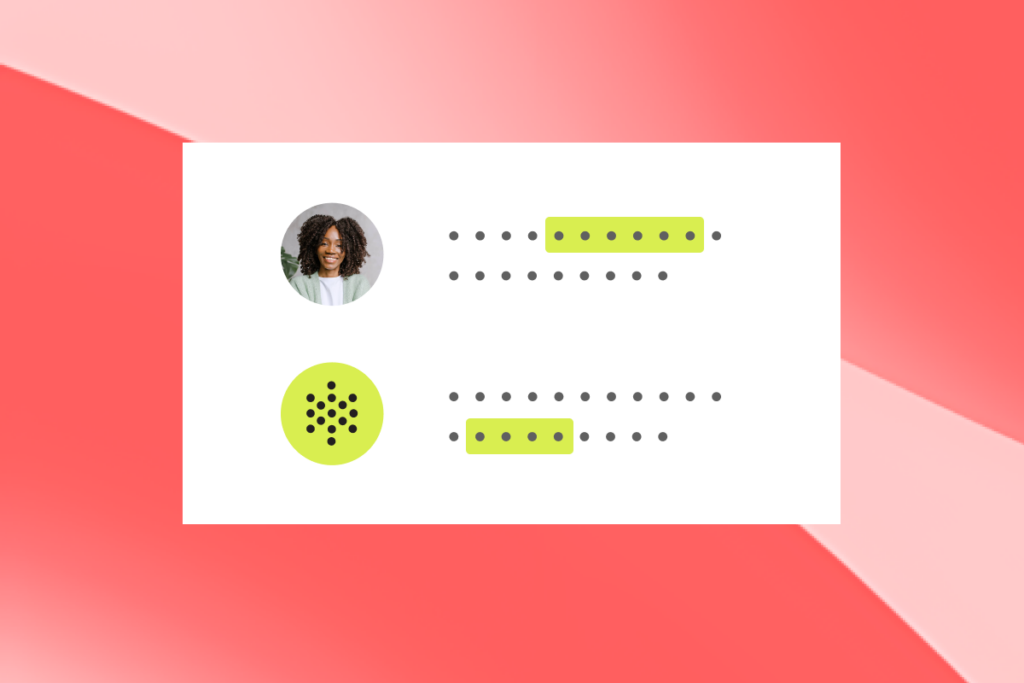The age of Large Language Models (LLMs) has seen a surge in generative AI platforms that allow users to create conversational applications, covering areas from compliance and human resource management to customer service. It’s also given rise to consumer-facing use cases like image editing and photo enhancement apps.
The quality of applications developed on generative AI platforms is dependent on the competencies of the technologies or ‘wrappers’ used to improve the performance of the generative models alone.
The rise and fall of thin wrapper generative AI applications
Generative AI’s accessibility has fueled the rise of thin wrapper generative AI applications, where a minimal user interface (UI) and user experience (UX) wrap around LLMs and image-generation models like ChatGPT and DALL-E 2.
This streamlined approach has become an easier and quicker way for businesses to leverage and monetize generative AI. With lower barriers to entry and minimal differentiation, these generative AI platforms have become commodities that lack a competitive advantage that points toward long-term success and value accumulation.
Open AI’s DevDay, which put GPT-4 turbo and GPT marketplace under the spotlight, signaled a pivotal moment for companies pursuing generative AI applications. To stay relevant, they must scale up and solidify their position in the market or risk being overshadowed by larger players.
The benefit of thick wrapper applications: Elevating competitive edge in generative AI
The recent pace and breadth of OpenAI’s advancements have the potential to disrupt and outpace competitors, setting a new standard for the industry. To create competitive experiences in a world where your peers are also leveraging generative AI platforms, companies must differentiate themselves by providing a unique and enhanced user experience beyond just interacting with a model.
The goal is to create ‘thick wrapper’ applications that leverage cutting-edge generative models in combination with additional proprietary technology that fine-tunes the model’s behavior to provide a higher degree of control and personalization.
Thick wrapper applications offer differentiating features that stand out from the crowd, offering companies several advantages:
1. Sustainable competitive edge
The enhanced user experience, unique features, and customization options make it challenging for competitors to replicate their success quickly, making the application inimitable.
2. Higher user retention
Users are more likely to stick around when they find value in an application beyond the novelty of generative AI. The richer experience and additional functionalities provided by thick wrappers can lead to higher user retention rates.
3. Long-term viability
By focusing on user engagement and creating a loyal customer base, businesses investing in thick wrapper applications are better positioned to demonstrate long-term value accumulation and sustainability.
Creating a thick wrapper generative AI application for voice-first customer service
For businesses venturing into voice-first customer service, creating a thick wrapper application requires multiple pieces of technology that work together to deliver customer-led conversations.
Even in human-to-human speech, successful communication depends on mutual understanding. The same applies to voice-first applications, where each conversation has to consider:
1. What the caller says: The spoken input.
2. How they said it: Intonation, pitch, and other voice nuances.
3. How you understood it: The accuracy of speech recognition.
4. What you say: The system’s response.
5. How you say it: The generated speech’s quality and tone.
Crafting natural conversations that effortlessly complete a caller’s task requires a generative AI platform that comprises a unique technology stack, design methods, implementation models, and NLU tailored for spoken language.
Voice also poses various challenges in speech recognition due to factors such as background noise, call quality issues, and diverse dialects and accents, making understanding a caller’s words difficult. Achieving caller ease and confidence, therefore, requires high-precision automated speech recognition.
Once understanding is established, effective dialogue design becomes crucial to maximize the impact of scripting and voice direction during each response.
Organizations that go beyond UI and UX to create an application that effectively navigates spoken input, voice nuances, and speech recognition while delivering high-quality generated speech will stand to deliver a differentiated and impactful customer experience.
Use thick wrapper applications for a competitive edge
The future of generative AI calls for a shift from thin to thick wrapper applications. Thin wrappers are losing steam as the industry matures, with OpenAI’s advancements signaling the need for a more immersive user experience.
Thick wrappers offer a competitive edge, better user retention, and long-term viability. As we venture further into voice-first customer service, creating a thick wrapper application using a high-quality generative AI platform will involve navigating complexities like speech recognition and nuanced interactions.
It’s not just about housing powerful models; it’s about delivering a personalized, efficient user experience that creates loyalty. The key to success is moving beyond novelty and embracing the depth of thick wrapper applications.
Enhance customer interactions with a PolyAI voice assistant
PolyAI voice assistants automate up to 90% of calls, reducing the burden on contact centers and empowering agents to deal with customers who truly need a human touch.
PolyAI’s proprietary technology stack can understand callers however they phrase questions, regardless of noisy phone lines and accents, and in over 45 languages. Incredibly lifelike voices encourage callers to engage with the voice assistant instead of just asking for an agent.
AI wrapper FAQs
Below you’ll find answers to frequently asked questions about AI wrappers.
What is an AI wrapper?
An artificial intelligence wrapper is a software layer that sits between an AI API or system and the end user. It provides a simplified and user-friendly interface to interact with the underlying AI functionality, often abstracting complex technical details by building on existing AI tools.
Why should my business use a thick AI wrapper?
Thick AI wrapper applications offer a competitive edge by providing unique features and customization options that differentiate businesses in the crowded AI market. They deliver enhanced user experience with unique features and customization options that demonstrate long-term value and help create a loyal customer base.




